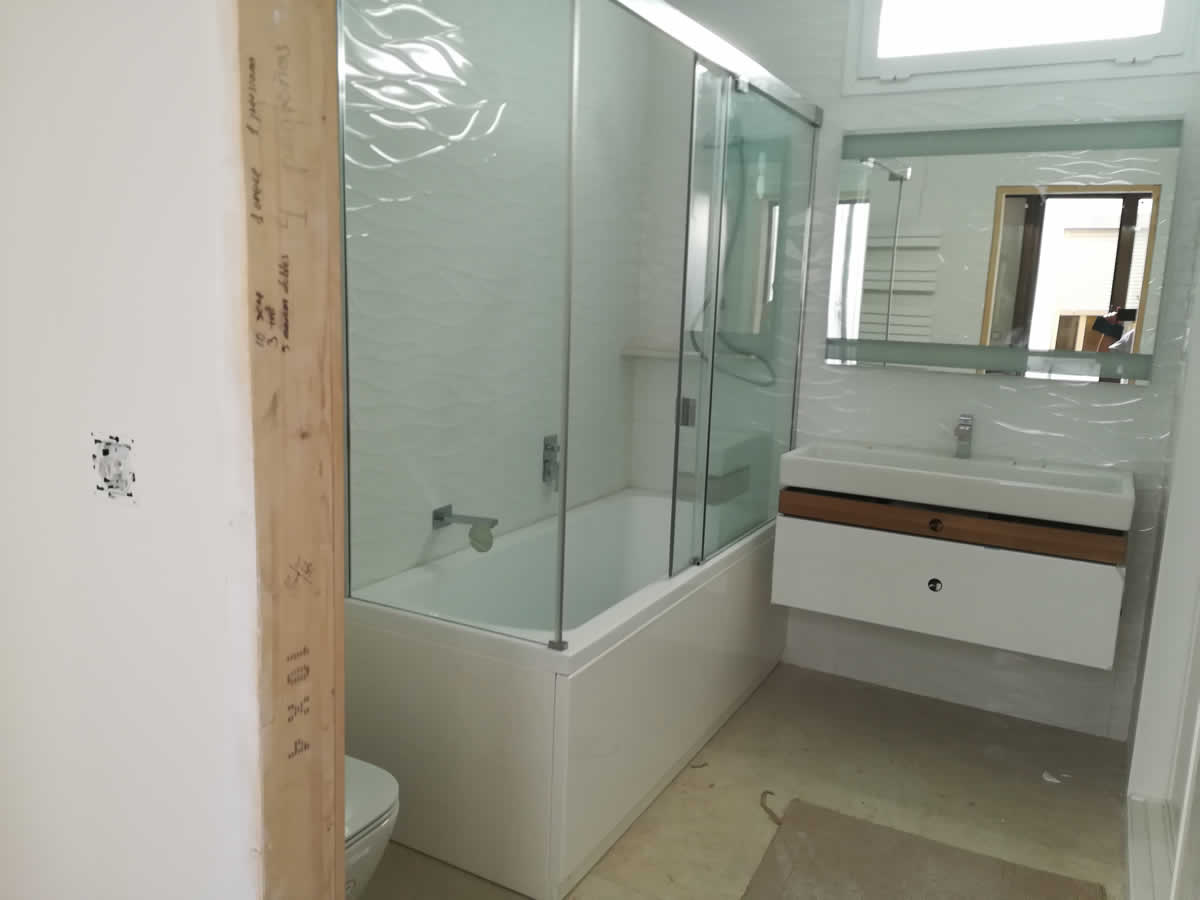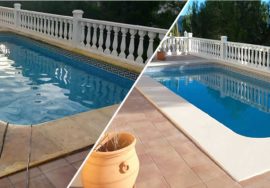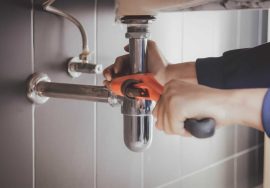
2021, The Year Of The Refurbishment?
The lockdown has confronted all of us to the real habitability, comfort, and aesthetics of our homes, producing in many cases situations of conflict and the desire for change.
The Lockdown in Numbers.
The Spanish association of tiles suppliers and the Spanish association of refurbishment companies calculated at the beginning of the lockdown a decrease in the activity of 30%. The final percentage has been around 12%, due to the strong growth which began in May 2020. The final numbers take into account that the refurbishment and rehabilitation sector was paralyzed for two full months, due to the restrictions.
Expectations for 2021.
The refurbishment and rehabilitation business is expecting to generate 60.000 millions of euros in business in 2021. These numbers represent a growth of 13% in relation to 2020. This estimation does not include the positive impact to the economy the vaccination program could have or the European Union injection of funds in the Spanish economy. It is likely the drop in the activity in 2020 will be fully compensated.
The Difference between Refurbishment and Rehabilitation.
A refurbishment is any work done to the interior of a property, a flat, a house, a commercial or industrial unit.
The rehabilitation includes works on elements of entire buildings, such as façades, communal roofs, entries, and hallways. In the case of communities of owners, these elements are communal. Acting on these elements requires the approval of all the owners and a longer process to complete the works, especially in the current period of a health emergency when annual general meetings of owners are not being held.
It is clear that refurbishments and rehabilitations have different time frames. The most positively affected business activity after the lockdown has been that of refurbishments, with a growth of enquiries of 30% in the second half of 2020.
The Results of 2020.
The Spanish Chamber of Architects confirms that 2020 finished with a higher number of refurbished homes than 2019. This even takes into consideration that in the fourth quarter (Oct to Dec 2020)activity slowed due to the effect of the second COVID wave.
Different surveys carried out by consultancies and the Spanish School for Interior Design, provide similar results.
- 20.1% of respondents refurbished their homes in 2020.
- 32.3% have the intention to start a refurbishment in 2021.
- 53.4% will destine less than 5.000 € in the works
- whilst 37.1% will invest between 5.000 € and 15.000 €.
On the other hand, the refurbishment of commercial properties closed 2020 with a drop of 40%.
Offices and office buildings will continue a process of concentration in major capitals and the migration from medium cities. The concepts of energy efficiency and healthy working conditions can help to reactivate the refurbishment and rehabilitation too.
European Union Injection in the Spanish Economy.
The refurbishment and rehabilitation business is one of the goals of the European funds. The program Next Generation EU and the decarbonisation of our buildings before 2030 have to focus the investment in refurbishing and rehabilitation. From the Spanish government, additional incentives are expected, such as tax reductions in the annual income declaration, VAT reduction for building materials, and easy and quick granting of building licences.
The many CBBA members, whose professional services are related to building, refurbishment, and rehabilitation, will help our customers further to make their projects a reality.
For More Information, do not hesitate to contact us.
Javier Leonardo Rímolo
Arquitecto
Rimolo & Grosso
0034 606616084
0034 962962324








